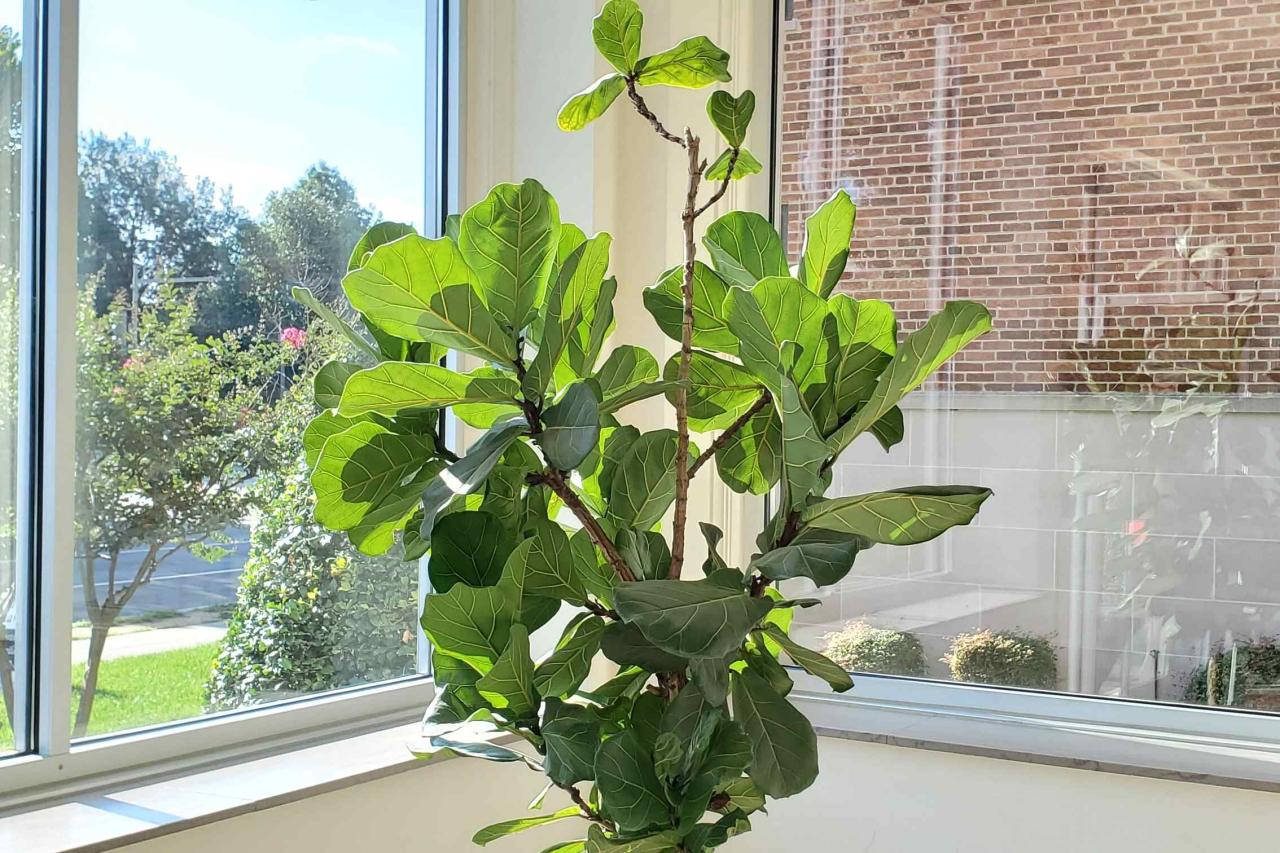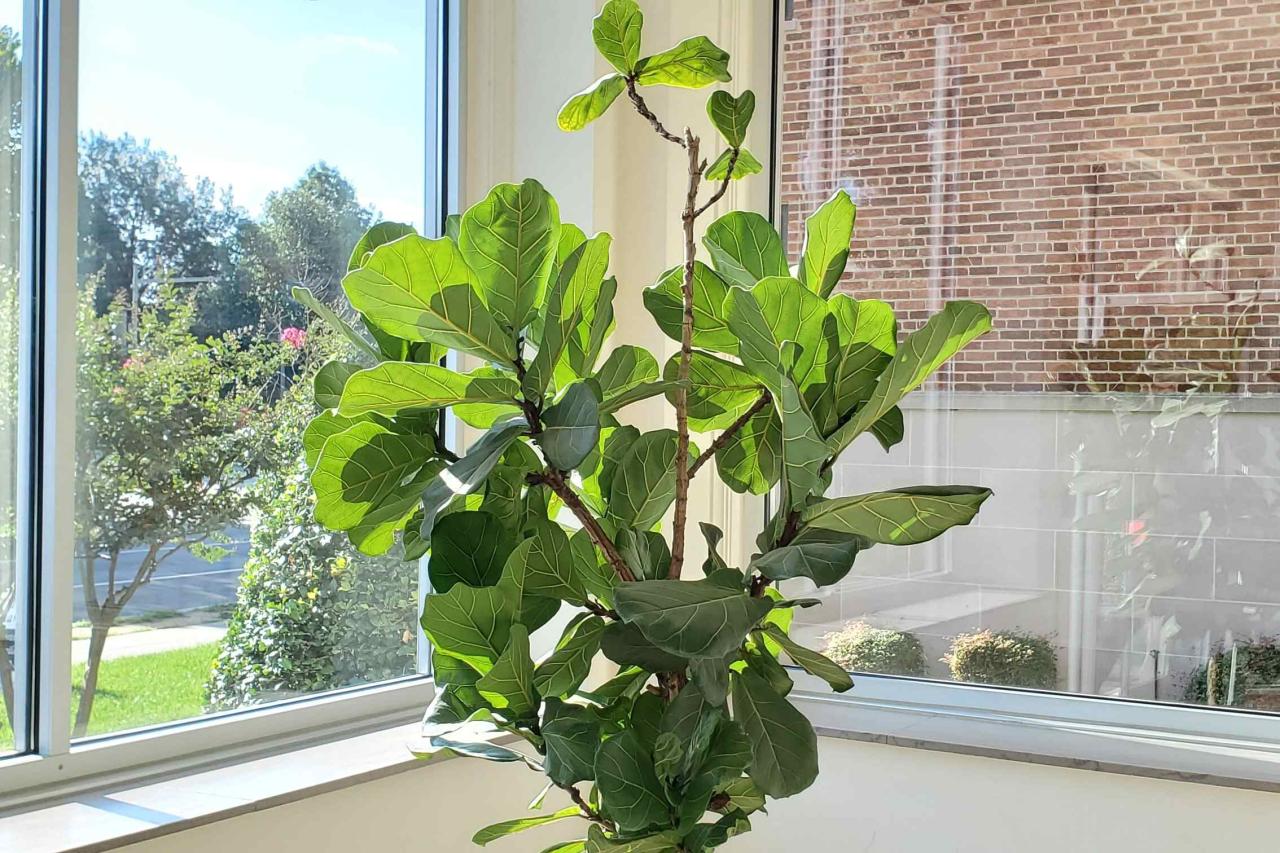Top 5 Tips for Caring for an Arrowhead Plant Indoors: Bring the beauty of the tropics into your home with this stunning houseplant, known for its striking arrowhead-shaped leaves. These plants are relatively easy to care for, but understanding their specific needs will help you keep them thriving.
From proper watering techniques to the ideal light conditions, this guide will equip you with the knowledge to cultivate a healthy and vibrant arrowhead plant.
Arrowhead plants, scientifically known as Syngonium, are popular choices for indoor gardening due to their adaptability and striking foliage. These plants are known for their vibrant, arrowhead-shaped leaves that come in a variety of colors, including green, pink, and white.
They are also relatively low-maintenance, making them an excellent choice for beginner gardeners.
Watering Techniques: Top 5 Tips For Caring For An Arrowhead Plant Indoors
Watering is a crucial aspect of arrowhead plant care. Overwatering can lead to root rot, while underwatering can cause the leaves to wilt and droop. Understanding the proper watering schedule and techniques will help you keep your arrowhead plant thriving.
Watering Schedule
Arrowhead plants prefer slightly moist soil. It’s best to allow the top inch of soil to dry out between waterings. This usually translates to watering every 1-2 weeks during the growing season (spring and summer), and less frequently in the winter when the plant is dormant.
Determining if the Plant Needs Water
There are several ways to determine if your arrowhead plant needs water.
- Check the soil moisture:Stick your finger about an inch into the soil. If it feels dry, it’s time to water.
- Observe the leaves:If the leaves are drooping or starting to wilt, it’s a sign that the plant needs water.
- Weigh the pot:A dry pot will feel lighter than a wet one.
Watering Technique, Top 5 Tips for Caring for an Arrowhead Plant Indoors
- Water thoroughly:When you water your arrowhead plant, water it thoroughly until the water drains out of the drainage holes at the bottom of the pot. This ensures that all the roots are properly hydrated.
- Use lukewarm water:Arrowhead plants prefer water that is close to room temperature. Avoid using cold water, as it can shock the plant.
- Avoid overwatering:It’s better to underwater than overwater. Allow the soil to dry out slightly between waterings to prevent root rot.
Common Problems and Solutions
Arrowhead plants are generally resilient, but like any houseplant, they can encounter issues. Understanding common problems and how to address them will help you keep your arrowhead plant thriving.
Pest Control
Pests can be a nuisance for arrowhead plants, affecting their health and appearance. Identifying common pests and knowing how to deal with them is crucial.
- Mealybugs:These tiny, white, cottony insects are often found clustered in leaf axils and on the undersides of leaves. They suck sap from the plant, causing yellowing and stunted growth.
- Spider mites:These tiny, spider-like creatures are difficult to see but can cause significant damage. They spin fine webs and suck sap from leaves, leading to yellowing, browning, and eventual leaf drop.
- Aphids:These soft-bodied insects are typically green, black, or brown and can be found on the undersides of leaves and stems. They feed on plant sap, causing distortion and wilting.
To combat these pests, you can:
- Isolate the affected plant:This prevents the spread of pests to other plants.
- Remove pests manually:Use a cotton swab dipped in rubbing alcohol to remove mealybugs. For spider mites, you can try a strong jet of water to dislodge them.
- Use insecticidal soap:This is a safe and effective way to control pests, especially aphids. Make sure to spray thoroughly, covering both the upper and lower surfaces of leaves.
- Introduce beneficial insects:Ladybugs, lacewings, and predatory mites can help control pest populations.
Disease Prevention and Treatment
While arrowhead plants are generally resistant to diseases, they can be susceptible to certain issues, particularly when their environment is not ideal.
Top 5 Tips for Caring for an Arrowhead Plant Indoors is a great guide for any plant enthusiast, but if you’re looking for a more intricate and artistic approach to indoor gardening, consider the art of Bonsai. Bonsai, the Japanese art of cultivating miniature trees, requires dedication and patience, much like caring for an Arrowhead Plant.
Both require specific lighting, watering, and pruning techniques to thrive, but the rewards of a healthy, thriving plant are worth the effort.
- Root rot:This fungal disease occurs when the soil is constantly wet and poorly drained. Symptoms include wilting, yellowing leaves, and a mushy stem. To prevent root rot, ensure good drainage and avoid overwatering.
- Leaf spot:This fungal disease can appear as brown or black spots on leaves. It can be caused by excessive humidity or poor air circulation. To prevent leaf spot, improve air circulation and avoid getting water on leaves.
If your arrowhead plant shows signs of disease, it’s important to act quickly to prevent further damage. You can:
- Repot the plant:If root rot is suspected, repot the plant in fresh, well-draining soil. Trim away any damaged roots and ensure the pot has adequate drainage holes.
- Remove affected leaves:Cut off any leaves with spots or signs of disease to prevent the spread of infection.
- Treat with fungicide:If the disease is severe, you can use a fungicide specifically designed for houseplants. Follow the instructions carefully.
Wrap-Up

Caring for an arrowhead plant indoors is a rewarding experience, allowing you to enjoy the vibrant beauty of this tropical plant while enhancing your home’s ambiance. By understanding its basic needs, you can provide the right conditions for your arrowhead plant to flourish, ensuring its health and longevity.
With a little care and attention, you can enjoy the captivating beauty of this unique plant for years to come.
FAQ Summary
What is the best way to propagate an arrowhead plant?
Arrowhead plants can be easily propagated through stem cuttings. Simply take a cutting from a healthy stem, remove the lower leaves, and place it in a glass of water or a pot with potting mix. The cutting should root within a few weeks.
How often should I fertilize my arrowhead plant?
Fertilize your arrowhead plant every 2-4 weeks during the growing season (spring and summer) with a balanced liquid fertilizer diluted to half strength.
Why are the leaves on my arrowhead plant turning yellow?
Yellowing leaves can be a sign of overwatering, underwatering, or nutrient deficiency. Check the soil moisture levels and adjust your watering schedule. You can also try fertilizing the plant with a balanced liquid fertilizer.
Can I put my arrowhead plant outdoors?
Arrowhead plants can be grown outdoors in warm climates, but they are best suited for indoor environments in most regions. If you choose to grow your arrowhead plant outdoors, ensure it is placed in a shady spot protected from direct sunlight.

